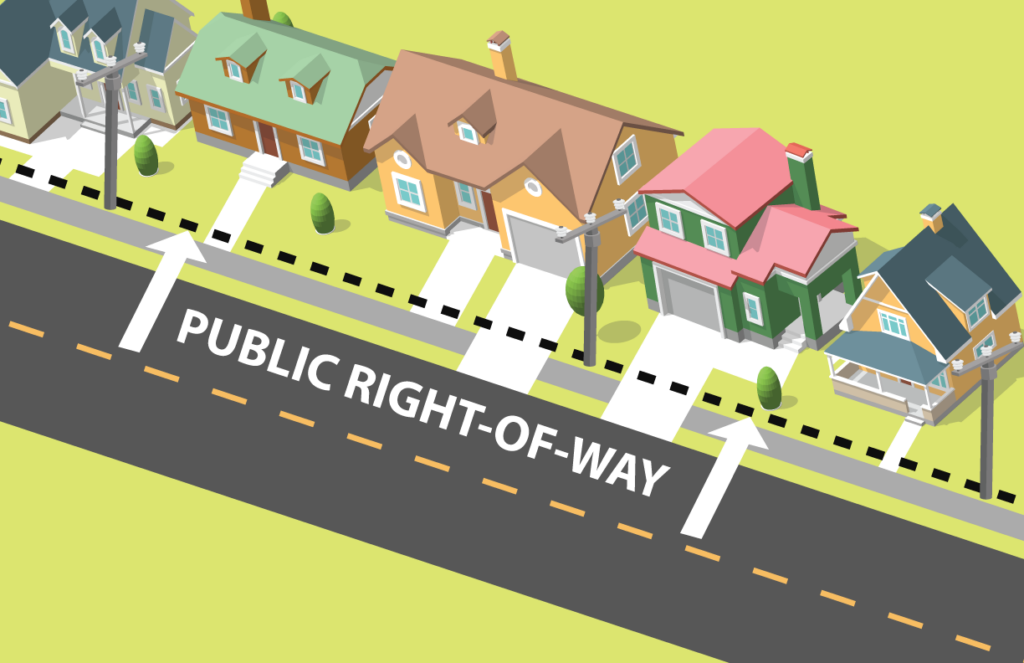InTucker Magazine
October 2019
What is a Right-of-Way?
One of the biggest responsibilities for Tucker’s Code Enforcement team is removing signs that have been placed illegally in rights-of-way. These signs could vary from real estate to businesses or even a community yard sale. The signs themselves are oftentimes legal, but regardless of the type of sign, they cannot be posted in the right-of-way.

So how do you know if you’re posting your sign where you’re not supposed to? This Q&A ought to help anyone understand where they can and cannot place signs in the City of Tucker.
What is the right-of-way?
A right-of-way (ROW) is a public piece of land reserved for transportation purposes or for electrical transmission, oil or gas lines. Utilities or municipalities commonly use this land, often several feet of grass or sidewalk coming out from the shoulder of the road, if they need to make infrastructure improvements.
How do I know where the right-of-way is located?
Widths of rights-of-way vary, so the best rule of thumb for an approximate location is to use the power pole or telephone box as an indicator of where the private property line starts. Signs that conform to Tucker’s sign code can be placed on one’s own private property, but not in the right-of-way.
Why does Code Enforcement remove signs from rights-of-way?
Placing a sign in the right-of-way is a violation of Chapter 34 of Tucker’s Code. The City reserves the right to remove and dispose of any sign placed in the dedicated right-of-way of any public road. As a policy, Tucker tries to hold onto any signs that are removed from rights-of-way in case the owner of the sign wants to retrieve it.

